|
How many
bits do we need to group together and why??
Actually, the real question should be:
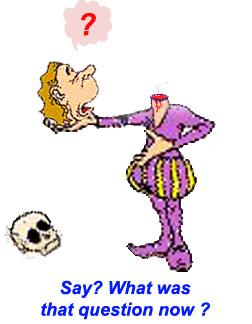
What information do we need
to represent?
As we previously saw, once we know how
many pieces of information we need to represent, we can readily determine the
number of bits we need:
I = Bn
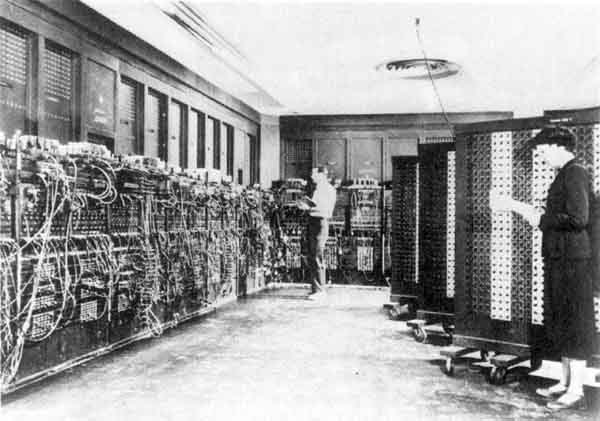 Naturally,
we would like to represent all available infomation. However, if the amount of
information available is infinite (maybe), then we would need an infinite number
of bits (obviously, that is impossible). Naturally,
we would like to represent all available infomation. However, if the amount of
information available is infinite (maybe), then we would need an infinite number
of bits (obviously, that is impossible).
For the early computer
architects, this issue was extremely troublesome. The materials needed to build
and control the "bits" was very expensive (the core memory donuts were often
coated in gold, as was the wiring) as was the labor needed (for early computers,
all the wiring was strung by hand). Keeping the number of bits grouped together
at a minimum was a necessity.
So, what they did decide on?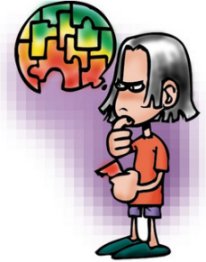
Each group of computer
manufacturers came up with their own schemes, but there were some commonly
shared opinions. They wanted to be able to represent:
 |
The alphabet
(Upper and Lower Case): 52 Symbols |
 |
The digits (0, 1,
3, ..., 9): 10 Symbols |
 |
Some Special Symbols
(+ - * %): Let's say about 35 Symbols |
 |
Other Needed Symbols
(e.g., end-of-transmission): Let's say about 15 Symbols |
If we total up the symbols
above, we come-up with (about) 112 symbols that we would like to
represent.
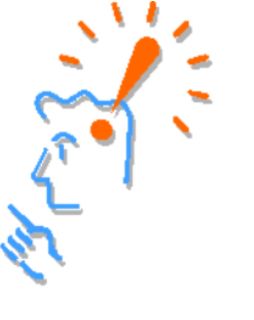 We
know that we will need 7 bits to represent 112 symbols. We
know that we will need 7 bits to represent 112 symbols.
How do we know that??
Because given 6 bits, we
can only represent 26 = 64 symbols (not enough) whereas with 7 bits
we can represent 27 = 128 symbols(which will do it)
 I
Don't believe that at all!!! I
Don't believe that at all!!!
I happen to know that bits are grouped together in units of 8 -- as a byte!!
That is true. However, the
early sharacter set consisted of 128 characters (using 7 bits). In fact, the
standard ASCII character set (which we will discuss later) still consists of
128 characters.
Then why is a byte 8-bits??
We will discuss that in
the next tutorial. However, it has to do with
trying to catch transmission errors.
But if 128 characters were
available, and they only needed about 112, what happened to the remaining
combinations??
They were used. There was
no shortages of symbols that architects wanted to represent.
Some good references include:
-
How Bits and Bytes Work
- Bits
and Bytes: An Explanation
-
Character encoding
(Wikipedia)
At this point in time, you should be
able to Answer the following questions:
- Why was determining
how many bits to group together an issue for early computer architects?
For early computers, the materials needed to
build and control the "bits" was very expensive (the core memory donuts were
often coated in gold, as was the wiring) as was the labor needed (for early
computers, all the wiring was strung by hand). Keeping the number of bits
grouped together at a minimum was a necessity.
- Approximately how many bits did
early architects feel they needed to group together and why?
There were certain symbols that the architects
felt they needed to represent, such as the alphabet, the digits, some special
characters, and some computer-operation related symbols. They came up with
about 100 symbols that they felt were necessary, meaning they needed 7 bits.
- Early architects had to keep the set of symbols they
needed to represent to a minimum. Why?
a. The computer could only operate at a fast rate if
the character set used was very small
b. The computer was limited by the number of symbols it could represent
c. A large character set would be very difficult to maintain
d. The costs of building a computer were very high
e. Computer architects are a bizzare lot
Answer: d
- Suppose I had 9 bits I could group
together to form a character set. How many characters could I have?
a. 9
b. 81
c. 6
d. 128
e. 512
Answer: e
- How many bits would I
need to represent all
states in the United States?
a. 4
b. 5
c. 6
d. 7
e. 50
Answer: c

This page was last updated on
01/07/05
| 
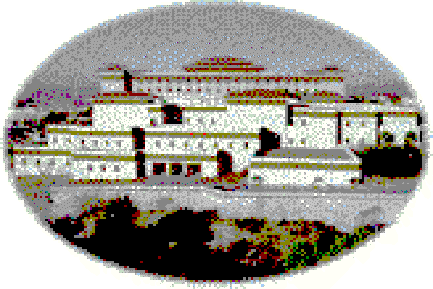 CIS3355:
Business Data Structures
CIS3355:
Business Data Structures